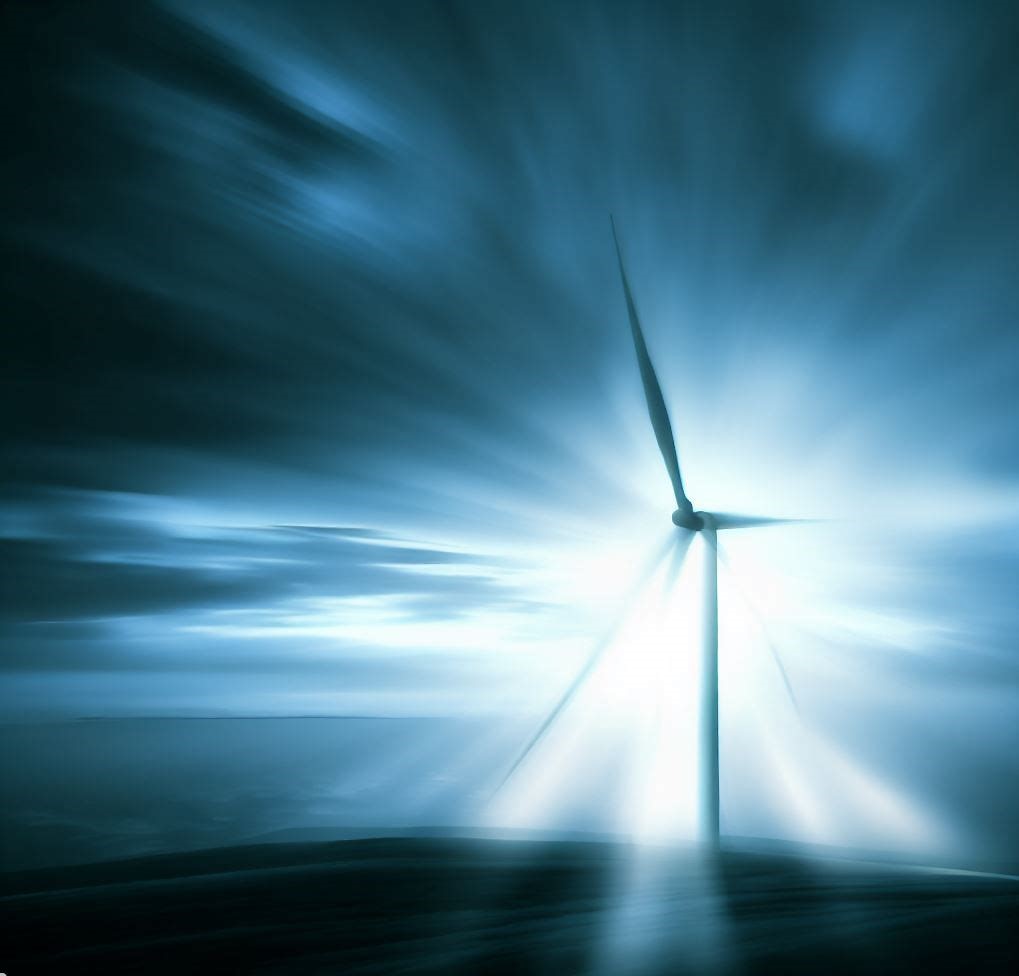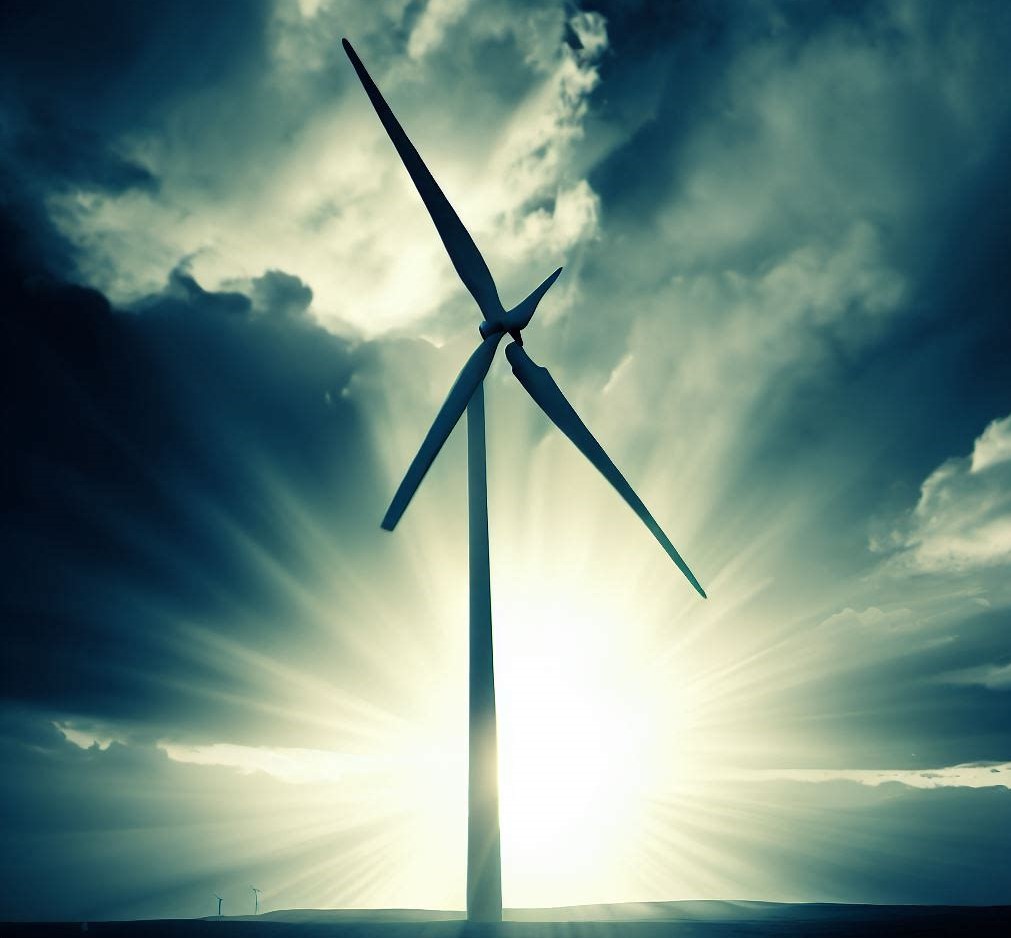
Wind energy has been a remarkable journey of harnessing nature’s power to generate electricity, and it is paving the way towards a sustainable future. Its history dates back thousands of years when ancient civilizations used wind to sail boats and power windmills for various tasks such as irrigation and milling grains. However, it wasn’t until the late 19th century that wind energy took a step forward when Scottish engineer James Blyth built the first electricity-generating wind turbine. Since then, wind energy has undergone significant technological advancements, making it one of the leading sources of renewable energy today.
Modern wind turbines are a testament to human ingenuity and engineering prowess. These towering structures consist of sophisticated components designed to capture and convert wind energy into electricity efficiently. Rotor blades, made from durable materials like fiberglass and carbon fiber, are designed to capture the kinetic energy of the wind. As the blades rotate, the nacelle, located atop the tower, houses the generator, gearbox, and control systems, where the mechanical energy is converted into electrical energy through electromagnetic induction. This process enables wind turbines to produce clean and renewable electricity on a large scale.
Digitalization and Smart Grids: Optimizing Wind Farm Operations
In the digital age, data analytics and real-time monitoring have become invaluable tools for optimizing wind farm operations. Smart grids, equipped with sensors and advanced communication systems, enable real-time data collection and analysis. This data-driven approach enhances wind farm performance, improves forecasting accuracy, and facilitates efficient grid integration.
By leveraging data analytics, wind farm operators can optimize turbine performance, monitor equipment health, and schedule maintenance tasks proactively. Predictive analytics can anticipate changes in wind patterns and optimize turbine settings to maximize energy capture. These smart technologies not only improve the overall efficiency of wind farms but also reduce downtime and maintenance costs.
Moreover, smart grids facilitate seamless integration of wind energy into existing power systems. By monitoring and balancing the flow of electricity between wind farms and the grid, smart grids ensure grid stability and enable efficient energy distribution.
Unleashing the Potential: Expanding Offshore Wind Energy
As we seek to maximize the potential of wind energy, the expansion of offshore wind farms has emerged as a promising frontier. Offshore wind energy projects offer several distinct advantages over their onshore counterparts. The vast open spaces of the ocean provide stronger and more consistent wind patterns, resulting in higher and more reliable electricity generation.
Additionally, offshore wind farms tend to face fewer land use constraints, making it easier to build larger installations that can harness even greater amounts of wind energy. The visual impact on landscapes is reduced, and potential conflicts with local communities can be minimized.
Offshore wind farms have the potential to be located closer to major population centers, reducing transmission losses and the need for long-distance electricity transportation. This geographical advantage can lead to more efficient energy delivery and a more resilient energy infrastructure.
International cooperation and partnerships are vital for advancing offshore wind projects on a global scale. Sharing knowledge, technology, and best practices can accelerate the development and deployment of offshore wind farms, fostering a collaborative effort towards a sustainable and greener future.
The Economics of Wind Energy
The economics of wind energy have become increasingly favorable in recent years. Advancements in technology, increased production scale, and growing expertise in wind energy project development have contributed to reducing the cost of wind power.
Wind energy’s cost competitiveness with conventional energy sources has led to its widespread adoption in many regions around the world. In some cases, wind power has become the cheapest source of new electricity generation, outcompeting fossil fuel-based options.
One of the key factors contributing to the cost reduction is the increased efficiency of wind turbines. Modern wind turbines can capture more energy from the wind, producing higher electricity output for the same investment. Moreover, improvements in manufacturing processes and supply chain management have led to economies of scale, making wind energy more cost-effective.
Government incentives and supportive policies have also played a significant role in driving down the cost of wind power. In many countries, financial incentives, tax credits, and feed-in tariffs have been implemented to encourage wind energy development. These incentives provide financial support to wind projects, making them more attractive to investors and fostering rapid growth in the industry.
The Global Expansion of Wind Energy
Beyond Europe, the global expansion of wind energy has taken root in diverse regions across the world, heralding a transformative shift towards sustainable and renewable power generation. Nations on multiple continents have recognized the immense potential of wind energy and have made substantial commitments to harnessing this clean and abundant resource.
The global expansion of wind energy is not only limited to land-based projects; offshore wind farms are also gaining traction worldwide. Countries like the United Kingdom, the Netherlands, and Taiwan are investing heavily in offshore wind developments, capitalizing on the strong and consistent winds found at sea. Offshore wind farms offer the advantage of being located close to densely populated areas, reducing transmission losses and contributing to a more resilient and efficient energy grid.
The growth of wind energy on a global scale has been further bolstered by international collaborations and partnerships. Knowledge sharing, technology transfer, and financial support from developed nations have facilitated the development of wind energy projects in emerging economies, promoting sustainable development and the transition to clean energy.
As the global community recognizes the urgent need to address climate change and transition to low-carbon energy sources, wind energy stands as a beacon of hope. Its rapid expansion across continents is a testament to the world’s collective commitment to creating a greener and more sustainable future for generations to come. The continued innovation, collaboration, and investments in wind energy hold the key to achieving a cleaner and more resilient energy landscape on a global scale.
Addressing Intermittency: Energy Storage Solutions
One of the primary challenges of wind energy lies in its intermittent nature. Wind speeds can vary throughout the day and across seasons, leading to fluctuations in electricity generation. To address this challenge, energy storage solutions play a crucial role in stabilizing the energy supply and ensuring grid reliability.
Energy storage technologies, such as battery systems, are essential for storing excess energy generated during periods of high wind speeds. This stored energy can then be released during times of low wind activity, providing a continuous and stable power supply. Energy storage systems not only address intermittency but also enhance the grid’s flexibility and capacity to handle fluctuations in energy demand.
The development and deployment of advanced energy storage solutions are driving the transition towards a more sustainable and reliable energy future. Continued research and innovation in energy storage technologies will be vital to unlocking the full potential of wind energy and integrating it seamlessly into our energy systems.

